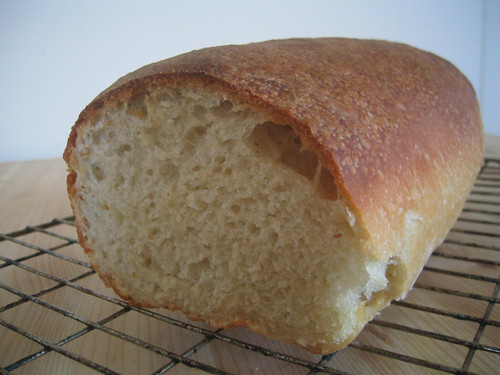The Agony of Defeat and the Thrill of Victory
Bread baking really is a lot like the Wide World of Sports. A really nice bake that lulls you into thinking you've 'conquered' a particular bread is often followed by a rude reality slap when a bake goes awry, leaving me, at any rate, wondering whether the former was just a lucky fluke or the latter a bad day.
Rarely do I experience both the high and low in a single day, but today's bakes managed to fill the bill.
- Log in or register to post comments
- 27 comments
- View post
- wally's Blog


